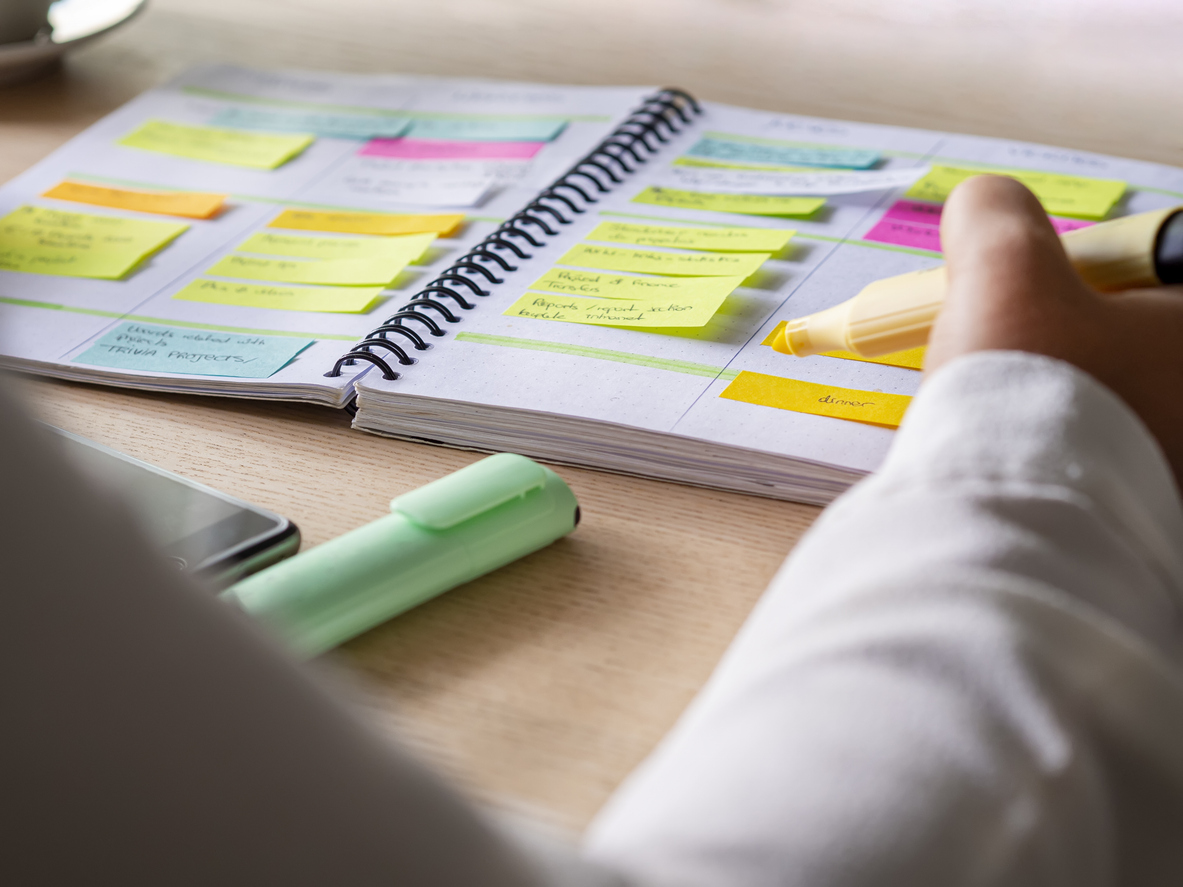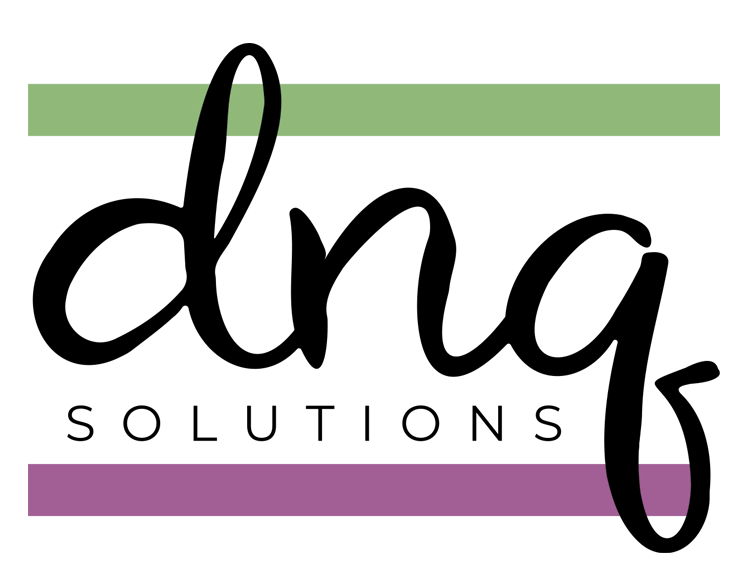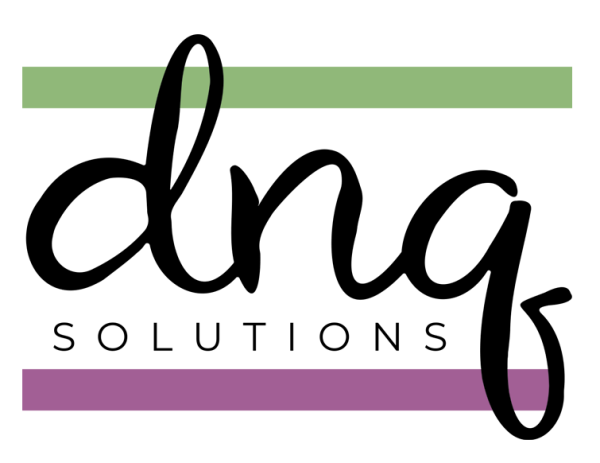
The best reason to make a plan is to get things done. When you do, you can scratch the things off a never-ending list of errands, appointments, or steps toward achieving a goal. Do you get that little surge of happiness when you cross something off a list or put a check mark beside it? I do. This is why I stick to making a list on paper. I like seeing the things that I’ve done during the day scratched off my list. The key to making a list that works is to embrace the concept of planning with purpose. Believe it or not, boundaries can help you create a balanced schedule.
Why Boundaries Matter in Planning
Use your personal boundaries to help you create as balanced a schedule as is possible. We all know that true balance is not ever possible. It never quite works out to give equal time to all the various things you like, want, or need to do.
What you can do is use your understanding of your values and priorities to guide you as you plan your schedule for the day, week, or month.
Setting Realistic Time Blocks
Think about all the things you do. As you begin to create your plan using time blocks, be realistic. Ask yourself:
How much time you need to transition between activities?
Which activities also involve traveling? Remember to allow for traffic, parking, and taking a minute for yourself before launching into the next event.
Do you do some activities better in the morning, afternoon, or evening?
Planning with purpose means that you are mindfully taking care of yourself as well as the things to which you devote your time and attention.
The Power of Saying No
Protect your schedule by setting firm boundaries. When someone pushes against your boundaries and threatens to upend your plan, you can say ‘No’.
It is amazing that such a simple, small word is sometimes the most difficult to use. However, once you gather up the courage to protect your boundaries and say ‘No’ you will feel empowered.
Creating a Flexible but Structured Routine
I realize that this at first read may sound as if creating a schedule means that it is set in stone and rigid. This is far from the truth. Planning with purpose gives you the flexibility to know where you can switch things around.
How does this work?
When you have a plan and you know when you have things scheduled that are firm commitments and when the times are flexible, you can shift gears quickly without going into a tailspin or panicking.
This gives you confidence and puts you in control.
Avoid Overcommitment and Burnout
Use planning with purpose to help yourself avoid overcommitment and burnout. Many of us (I include myself) are doers. We want to do things to be helpful and probably say ‘yes’ to some things we may be better off saying ‘no’ to.
When you take planning seriously and hold yourself accountable to your stated boundaries you help yourself avoid agreeing to taking on more commitments than you can realistically fit into your schedule.
None of us wants to become overtired and burned out. When that happens, we are of no good to anyone, least of all to ourselves.
Tools and Strategies for Staying on Track
Use the lists below to select tools and strategies to try. Read through the list and try a tool and/or strategy that appeals to you. Give it a solid effort for a week to ten days to see if it will work for you. If it doesn’t, try a different one from the list. You will probably want to use one tool and one or more strategies.
No matter which ones you use, always celebrate your progress. Even if you try something that doesn’t quite work the way you need it to – celebrate. The effort you put into finding a strategy or tool is worth celebrating. You can take that method off your list and try something else.
Tools for Staying on Track
- Digital Calendars & Reminders – Use apps like Google Calendar or Apple Calendar to set appointments, deadlines, and reminders that align with your boundaries.
- Task Management Apps – Apps like Todoist, Trello, or Notion can help organize tasks while ensuring they don’t overwhelm your schedule.
- Time Blocking – Allocate specific time slots for tasks to prevent over-scheduling and maintain balance.
- Accountability Partners – Checking in with a friend, colleague, or coach can help you stay on track while respecting your limits.
- Paper Planners – If you prefer analog methods, a planner or bullet journal can help you visualize your commitments and ensure they align with your priorities.
- Focus Tools – Pomodoro timers or focus apps (like Forest or Focus@Will) can help maintain productivity while preventing burnout.
Strategies for Staying on Track
- Set Clear Priorities – Identify what truly matters and focus your time and energy on those tasks.
- Schedule Buffer Time – Build in extra time between tasks to avoid back-to-back commitments that push your boundaries.
- Say No Confidently – Practice declining tasks or invitations that don’t align with your priorities.
- Regularly Review Your Schedule – Check in daily or weekly to assess if your schedule is as balanced as is possible and adjust as needed.
- Listen to Your Energy Levels – Plan demanding tasks when you’re most productive and leave lighter tasks for when energy is lower.
- Use a ‘Maybe’ List – If a task isn’t urgent, add it to a list to revisit later instead of overloading your schedule.
- Celebrate Progress – Acknowledge accomplishments, even small ones, to stay motivated and reinforce your commitment to maintaining boundaries.
Review and Adjust Your Schedule
Planning with purpose works when you make a commitment to review and adjust your schedule frequently. Life isn’t static. It will throw us curve balls from time to time. You are more able to be flexible and adjust when you have tools to use and strategies to guide you.
Reach out to me for a free 30-minute phone consultation if you would like help creating a plan or a schedule that works for you. Send me an email to set up a time to talk. dnqsolutions@gmail.com
Diane N. Quintana is the owner of DNQ Solutions, LLC. She is an ADHD Organizing Specialist, a Hoarding Specialist, and a Chronic Disorganization Specialist. Diane is also an ICD Master Trainer, Certified Professional Organizer in Chronic Disorganization, Certified Professional Organizer and co-owner of Release Repurpose Reorganize LLC based in Atlanta, Georgia. She specializes in residential and home-office organizing.


I love and use all your Tools for Staying on Track. I’ve adopted and adapted them over time. Some if these tools I use all the time, like time blocking and using a digital calendar to stay on track. Some of the tools I have adapted to work for me. I no longer use a paper planner, but when I’m feeling overwhelmed I sometimes create a timeline that helps me visualize a project.
Thank you, Janet.
“The best reason to make a plan is to get things done.” Honestly, I think that’s the second-best reason to make a plan. The best reason is to give yourself confidence that you CAN get things done. It’s easy to feel powerless and overwhelmed, but a plan with a purpose reminds you that, at least in some areas of life, you are the driving force and that not everything happens TO you without your acquiescence or control. (Sometimes, we really need that reminder!)
I agree with everything you say here. Yes to pen-and-paper lists. Clicking a digital box just isn’t as satisfying. Yes to recognizing that aspirational is often unrealistic, and “balance” is aspirational (like democracy or love) and we can only do our best to move toward it, but never perfectly achieve it (on our own). Yes to saying “no’ because it’s the key to saying yes to what you value! Yes to flexibility, so when you plan to work on email but your website mysteriously goes down and your hosting company gives you answers that leave you dubious (yes, this happened to me today), you’ve got an architecture of your schedule that lets you move the blocks around!
Every one of your concepts is on-point! My success depends on my paper planner, accountability partners, saying “no” with confidence. The other elements are often in play. Boundaries, buffer time, and boxes on the calendar all go together. Our “ball” of life may sometimes go out of bounds, but have a plan ensures nothing gets too lost in the weeds. Thanks for such a wise approach to this!
I love all the things you say ‘yes’ to! Having a plan is a marvelous thing. Thank you for reminding me that having a plan and getting things done brings us confidence in ourselves.
So many good points. Setting time boundaries are very important to me. It is so easy to allow certain projects or activities to take more time than are needed. Setting time boundaries allows for more things to happen.
Thanks, Jonda!
Boundaries are such an important part of life! Perfect topic and fantastic tools and strategies to set and maintain boundaries! Time blocking is one I learned about years and and love!
Thank you, Florena. I agree – time blocking is essential!
I love how you intertwine boundaries and planning/scheduling together. The nature of scheduling creates a specific type of boundary. For example, if you have a doctor’s appointment or client session from 4-5 pm, you are unavailable to do anything. Yet, in setting those appointments, the time needed also involves a buffer (as you mentioned) for travel, prep, or wrap-up. Again, it extends the boundary or decreases your availability.
The other thing you said, which stood out to me, is, “Life isn’t static. It will throw us curve balls from time to time.” That’s the truth! Planning is as essential as setting boundaries. However, having flexibility is just as critical. If you schedule yourself to include breathing room, when an emergency or other needed change arises, you’ll have the space to shift things as needed.
Thank you, Linda. I agree – there is a very interesting relationship between boundaries, scheduling, and maintaining flexibility.
Wow, that “schedule buffer time” is so important. I’m still learning that one. I am trying to add more buffer time into my schedule, because things always seem to come up.
Feeling like I can see my plan on paper is helpful, because if I can’t make it work on paper, I’m never going to make it work in “real life.” I find that the process of planning can feel stressful when there is more to do that I can comfortably accomplish, but the process is critical for helping me figure a way through. Sometimes it just makes me realize what I need to say no to, as you so wisely suggest!
Thank you, Seana. It’s important to me to be able to see my plan on paper – then I see where my availability is and what small tasks I can sneak in between other larger (or lengthier) commitments. It’s like playing tetris!